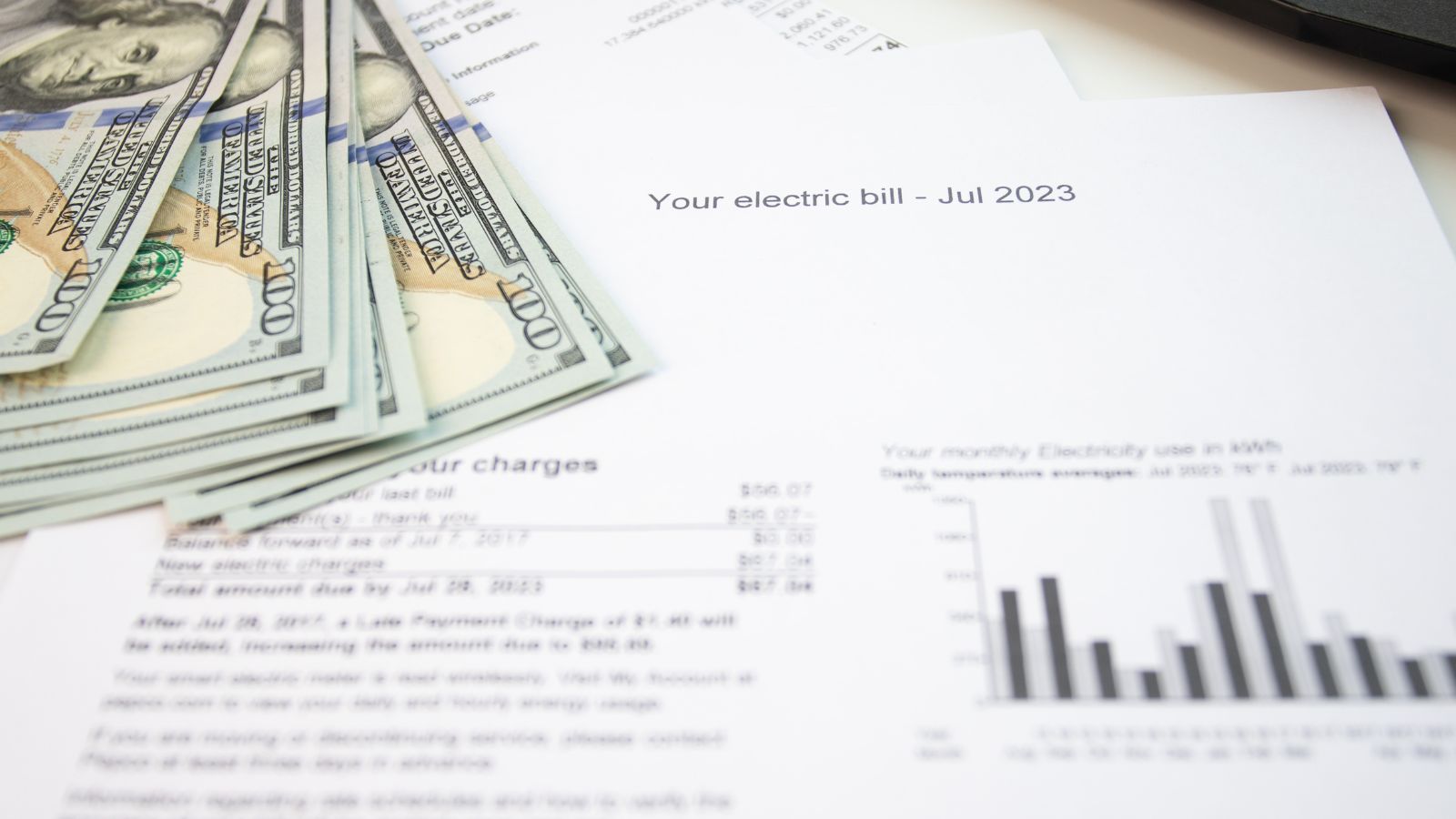Electric cars are often marketed as the cheaper way to travel, but the numbers don’t always speak for themselves until you put them side by side with a traditional gas powered vehicle. To keep the comparison grounded, let’s stack a Tesla Model 3 against a Ford F 150, America’s top selling truck. By looking at average monthly driving habits and the real world costs of both fuel and electricity, we can see what each option means for the wallet.
Average Miles Driven Per Month

According to the Department of Transportation, the average American drives around 1,200 miles every month. That number makes for a solid benchmark because it captures everything from daily commuting to running errands and making weekend getaways. Some drivers rack up far more miles with long commutes or frequent road trips, while others only drive a few hundred miles around town. Using this average gives us a level playing field that reflects how most owners actually use their vehicles without leaning too heavily toward extreme examples.
Electricity Costs for a Tesla

The Tesla Model 3 is one of the most efficient EVs on the road, averaging about four miles per kilowatt hour. To cover 1,200 miles, it needs around 300 kilowatt hours of electricity. The national average price of electricity is about 15 cents per kilowatt hour, which works out to a monthly charging cost of around 45 dollars if you charge mostly at home. If you find yourself relying on Tesla’s Supercharger network, the cost rises, as those fast chargers average closer to 30 to 40 cents per kilowatt hour. In that scenario, the bill can easily land closer to 100 dollars per month, still less than gas but not as dramatic as home charging.
Gasoline Costs for a Ford F 150

The Ford F 150 remains the gold standard for trucks, but efficiency isn’t its strong suit. A typical V6 powered version averages about 20 miles per gallon in mixed driving. At 1,200 miles per month, that means you’ll use around 60 gallons of gas. With fuel prices sitting at about 3.50 a gallon nationally, that equals about 210 dollars monthly. Opt for a V8 and the costs rise further, pushing the bill closer to 250 dollars or more. Even with the more efficient EcoBoost versions, you’re unlikely to get below 180 dollars per month in gas costs, which still makes the Tesla significantly cheaper in this category.
Regional Price Differences

The United States has some of the widest swings in energy prices in the developed world, and those swings can completely change the outcome of this comparison. For example, California drivers pay some of the highest electricity rates in the country, often over 30 cents per kilowatt hour. That makes charging at home nearly as expensive as using public Superchargers. At the same time, gas in California can top six dollars per gallon, which puts truck owners in an even worse position. In contrast, states like Louisiana or Texas offer some of the cheapest electricity and gasoline in the country, cutting both sides of the bill significantly. Depending on where you live, the financial advantage of the Tesla can either widen or narrow, but the truck almost always ends up costing more.
Hidden Costs of Charging

Home charging looks simple on paper, but there are a few extra costs owners have to consider. A Level 2 charging station is almost a necessity if you plan to drive your Tesla daily, since a standard wall outlet can take days to fully charge the battery. Installing a Level 2 setup can run 1,000 dollars or more once you factor in labor and permits. For apartment dwellers or renters without garage access, charging can become complicated, forcing heavier reliance on public stations. Public charging is not only more expensive, but it also requires planning around availability and waiting times. These hidden costs don’t erase the Tesla’s advantage, but they make the picture more realistic.
Hidden Costs of Gas

Gas powered trucks carry their own hidden expenses beyond what’s at the pump. Routine maintenance is the big one. Oil changes, spark plugs, filters, belts, and exhaust systems all need periodic attention, and the costs add up fast over the course of a year. Trucks also tend to use more oil and larger filters, which pushes the bill even higher compared to a small car. Over the long term, this makes the monthly ownership costs of a Ford F 150 heavier than the fuel costs alone suggest. Electric cars avoid most of this, needing little more than brake fluid and tire rotations in routine care.
Real World Factors

Life never sticks perfectly to averages, which makes personal habits an important part of this equation. A Tesla driver with access to free workplace charging may never even see a home electricity bill. On the flip side, a truck owner who racks up mostly highway miles at steady speeds may see better fuel economy than the EPA rating suggests, lowering the monthly gas bill. Climate also matters. Cold winters reduce EV range as batteries lose efficiency, while both EVs and gas trucks suffer higher energy use when running air conditioning in the summer. Road conditions, towing, and heavy loads also tilt the numbers, particularly for truck owners who use their vehicles for work.
The Practical Solution

When you crunch the numbers, charging a Tesla at home usually lands between 45 and 100 dollars per month, while filling up a Ford F 150 costs between 200 and 300 dollars. That makes the electric car the clear winner for most people, saving anywhere from 100 to 200 dollars monthly. Beyond just the fuel vs electricity equation, the Tesla avoids many of the maintenance costs baked into truck ownership. Still, EVs bring their own challenges: charging access, long recharging times, reduced range in extreme weather, and the cost of battery replacement down the road. For many buyers, especially those who live in rural areas or need to tow and haul regularly, the gas truck remains the more practical choice despite the higher fuel bills.
25 Facts About Car Loans That Most Drivers Don’t Realize

Car loans are one of the most common ways people fund car purchases. Like any other kind of loan, car loans can have certain features that can be regarded as an advantage or a disadvantage to the borrower. Understanding all essential facts about car loans and how they work to ensure that you get the best deal for your financial situation is essential. Here are 25 shocking facts about car loans that most drivers don’t realize:
25 Facts About Car Loans That Most Drivers Don’t Realize
